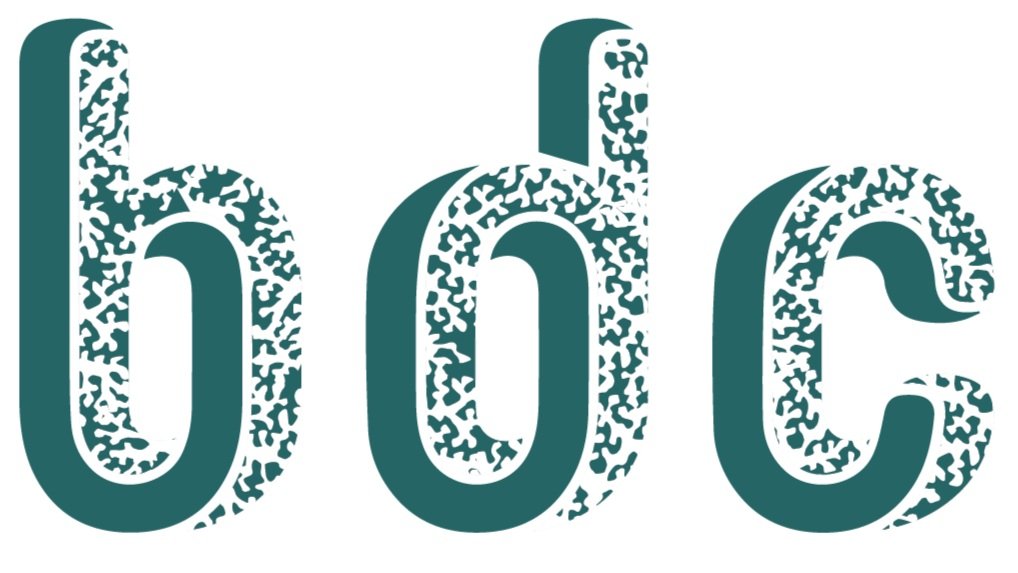Q&A with...
ANDREW HESSEL, AUTODESK DISTINGUISHED RESEARCHER
Andrew Hessel is a member of the bio/nano research group at Autodesk.
BDC: Why is Autodesk committed to the intersection of biology and design?
Andrew: Biology is our most sustainable technology. As a company, we are interested in the future of making things. We see the elegance, efficiency and diversity of biodesign and the potential of introducing these qualities into the engineered world.
BDC: What is Autodesk’s role at that intersection?
Autodesk is a leader in 3D design, engineering and entertainment software. At Autodesk Research, we're exploring tools biological design tools. Biology is an emerging area of engineering that is already quite dependent on software tools. Increasing sophistication of biological design will require even more sophistication in software, particularly in the areas of visualization and simulation.
BDC: What are the most exciting new applications you see coming from biotech in the next couple dozen years? And how are they going to change our lives?
I see exciting possibilities in materials, foods, and medicines. This is where biology has the greatest impact in our lives today and where having more creative control over biological systems is likely to produce meaningful improvements. Why refine crude oil and do downstream processing of petrochemicals when the exact materials can be biosynthesized in precise quantities? Why grow a whole cow when just the milk or meat is desired? Why make one-size-fits-all medicines in large batches when personalized therapies can be produced locally, perhaps even at home, on demand?
BDC: Tell us a little something about the Autodesk Prize for best rendering?
A key aspect of our tools is for designers to be able to experience their ideas before they are made real. Digital rendering is a big part of this experience, and excellence here is something we want to recognize. After all, seeing is believing.
BDC: Why is making biotech more accessible to young artists and designers so important?
Artists and designers can explore technologies with fewer constraints than scientists or engineers, and take us further into our imagination of the future.
BDC: What do you hope the students will discover as they go through the competition?
I hope the students find a new appreciation for all living things.
Autodesk, Inc. is a leader in 3D design, engineering and entertainment software. Since its introduction of AutoCAD software in 1982, Autodesk continues to develop the broadest portfolio of 3D software for global markets. Customers across the manufacturing, architecture, building, construction, and media and entertainment industries—including the last 19 Academy Award winners for Best Visual Effects—use Autodesk software to design, visualize, and simulate their ideas before they're ever built or created. From blockbuster visual effects and buildings that create their own energy, to electric cars and the batteries that power them, the work of our 3D software customers is everywhere you look. Through apps for iPhone, iPad, iPod, and Android, Autodesk is also making design technology accessible to professional designers and amateur designers, homeowners, students, and casual creators — anyone who wants to create and share their ideas with the world.
Banner image: National Institute of Allergy and Infectious Diseases


